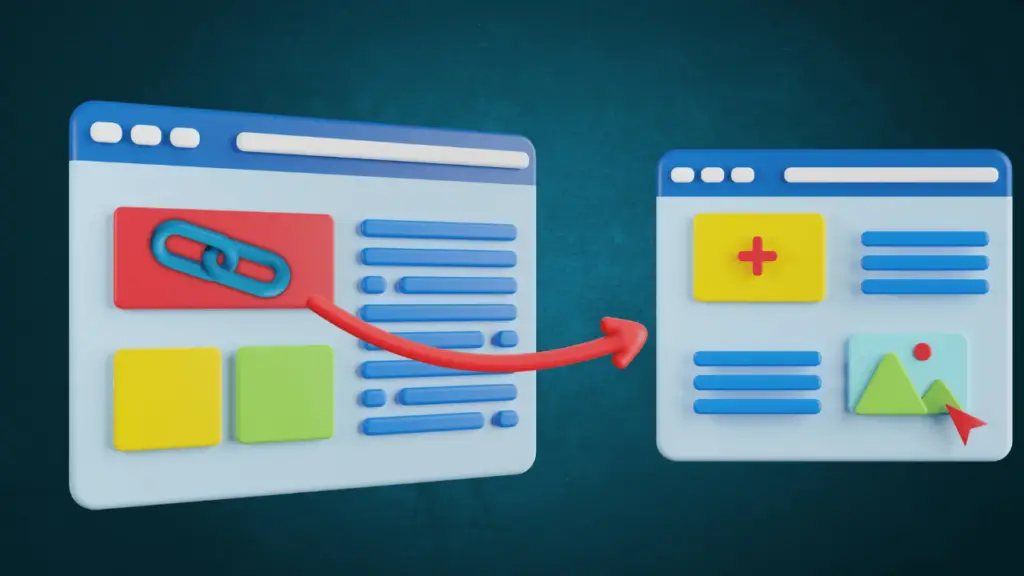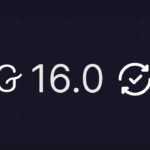Crafting compelling content that not only captivates your audience but also ranks high in search engine results is the holy grail of online marketing. It’s a delicate balance, and that’s where SEO content writing comes in. It’s more than just stringing together keywords; it’s about understanding user intent, providing valuable information, and structuring your content in a way that search engines love. Let’s dive into the art and science of SEO content writing.
Understanding SEO Content Writing
What is SEO Content Writing?
SEO content writing is the process of creating content that is both engaging and optimized for search engines like Google. The goal is to attract organic traffic by ranking high in search engine results pages (SERPs) for relevant keywords. It’s not just about keyword stuffing; it’s about creating high-quality, valuable content that meets the needs of your target audience.
- Value Proposition: Offers solutions, answers questions, or provides entertainment.
- SEO Optimization: Strategically incorporates keywords, metadata, and internal/external links.
- User Experience: Easy to read, navigate, and understand.
Why is SEO Content Writing Important?
In today’s digital landscape, being found online is crucial for business success. SEO content writing is the cornerstone of a successful online presence. Without it, your website risks being buried in the depths of search engine results.
- Increased Visibility: Higher rankings lead to more organic traffic.
- Brand Authority: High-quality content establishes you as an expert in your field.
- Lead Generation: Attracts potential customers actively searching for your products or services. According to HubSpot, businesses that blog consistently generate 67% more leads per month than those that don’t.
- Cost-Effective Marketing: Organic traffic is a sustainable and cost-effective marketing strategy.
Keyword Research: The Foundation of SEO Content
Identifying Target Keywords
Keyword research is the first crucial step in SEO content writing. It involves identifying the terms and phrases that your target audience is using to search for information related to your business.
- Brainstorming: Start by listing topics and keywords related to your business. Think about what your customers might search for.
- Keyword Research Tools: Utilize tools like Google Keyword Planner, Ahrefs, SEMrush, and Moz Keyword Explorer to discover relevant keywords, analyze their search volume, and assess their competition.
- Long-Tail Keywords: Focus on long-tail keywords (longer, more specific phrases) as they often have lower competition and higher conversion rates. For example, instead of “coffee,” try “best organic coffee beans online.”
Analyzing Keyword Intent
Understanding the intent behind a keyword is just as important as the keyword itself. What is the user trying to accomplish when they search for that term?
- Informational Intent: The user is looking for information (e.g., “what is SEO content writing?”).
- Navigational Intent: The user is trying to reach a specific website or page (e.g., “Facebook login”).
- Transactional Intent: The user is looking to make a purchase (e.g., “buy coffee beans online”).
- Commercial Investigation: The user is researching products or services before making a purchase (e.g., “best coffee makers”).
Your content should be tailored to match the user’s intent. For example, if someone searches for “best coffee makers,” your content should compare different coffee makers and provide recommendations, not just define what a coffee maker is.
Crafting High-Quality, Engaging Content
Content Structure and Formatting
Well-structured content is essential for both SEO and user experience. Search engines value content that is easy to read and understand.
- Headings and Subheadings: Use headings (H1-H6) to organize your content logically and make it easy for readers (and search engines) to scan. Use your target keywords in headings where appropriate.
- Paragraphs: Keep paragraphs short and concise (3-4 sentences). Avoid long blocks of text.
- Bullet Points and Lists: Use bullet points and numbered lists to break up text and highlight key information.
- Visuals: Incorporate images, videos, infographics, and other visuals to enhance engagement and illustrate your points. Remember to optimize image file sizes for faster loading speeds and use descriptive alt text.
Writing Style and Tone
Your writing style and tone should be appropriate for your target audience and the topic at hand.
- Clarity: Write in clear, concise language that is easy to understand.
- Engagement: Use storytelling, humor (where appropriate), and other techniques to keep your readers engaged.
- Authority: Demonstrate your expertise by providing accurate, well-researched information and citing credible sources.
- Call to Action: Encourage readers to take a specific action, such as subscribing to your newsletter, downloading a free resource, or contacting you for a consultation.
Optimizing for Readability
Readability is a key factor in both user experience and SEO. Content that is difficult to read is less likely to be shared, linked to, or ranked highly by search engines.
- Use Short Sentences: Aim for an average sentence length of around 20 words.
- Use Active Voice: Active voice is generally easier to read than passive voice.
- Use Transition Words: Transition words (e.g., “however,” “therefore,” “in addition”) help readers follow your train of thought.
- Use Readability Tools: Utilize tools like the Flesch Reading Ease test to assess the readability of your content. Aim for a score of 60 or higher.
On-Page SEO Optimization
Title Tags and Meta Descriptions
Title tags and meta descriptions are crucial for attracting clicks from search engine results pages. They should be compelling, accurate, and optimized for your target keywords.
- Title Tag: The title tag is the main title of your webpage, displayed in search engine results. It should be concise (around 60 characters), include your target keyword, and accurately reflect the content of your page.
- Meta Description: The meta description is a brief summary of your webpage, displayed below the title tag in search engine results. It should be engaging, persuasive, and include your target keyword (around 160 characters).
For example, a title tag for this blog post might be: “SEO Content Writing: The Ultimate Guide | [Your Brand Name]” and a meta description could be: “Learn how to create compelling, SEO-optimized content that ranks high in search engine results and attracts organic traffic. Get practical tips and strategies.”
Header Tags (H1-H6)

Header tags (H1-H6) are used to structure your content and indicate the hierarchy of information. The H1 tag should be used for the main title of your page, and subsequent heading tags should be used for subheadings.
- H1 Tag: Use only one H1 tag per page, and make it descriptive and relevant to your target keyword.
- H2-H6 Tags: Use H2-H6 tags to break up your content into smaller, more manageable sections. Include your target keywords in subheadings where appropriate.
Image Optimization
Images can enhance the user experience and improve your SEO if optimized correctly.
- File Name: Use descriptive file names that include your target keyword (e.g., “seo-content-writing-guide.jpg”).
- Alt Text: Add alt text to your images, describing what the image is. This helps search engines understand the content of your images and improves accessibility.
- File Size: Optimize image file sizes to reduce loading times. Use tools like TinyPNG or ImageOptim to compress images without sacrificing quality.
Internal and External Linking
Linking to relevant internal and external resources can improve your SEO and user experience.
- Internal Linking: Link to other relevant pages on your website to improve navigation and distribute link equity.
- External Linking: Link to authoritative external websites to provide additional information and credibility.
Measuring and Analyzing Your Results
Tracking Key Metrics
It’s essential to track key metrics to measure the success of your SEO content writing efforts.
- Organic Traffic: Monitor the amount of traffic coming to your website from organic search.
- Keyword Rankings: Track your rankings for your target keywords.
- Bounce Rate: Monitor the percentage of visitors who leave your website after viewing only one page.
- Time on Page: Track the average amount of time visitors spend on your pages.
- Conversion Rate: Measure the percentage of visitors who complete a desired action, such as filling out a form or making a purchase.
Using Analytics Tools
Use tools like Google Analytics and Google Search Console to track your website’s performance and identify areas for improvement.
- Google Analytics: Provides detailed information about your website traffic, user behavior, and conversions.
- Google Search Console: Provides insights into how Google crawls and indexes your website, as well as any errors or issues that need to be addressed.
Iterating and Improving
SEO content writing is an ongoing process. Continuously analyze your results, identify areas for improvement, and iterate on your content strategy. Regularly update your content to keep it fresh and relevant.
Conclusion
SEO content writing is a multifaceted discipline that requires a blend of creativity, technical expertise, and analytical skills. By understanding your audience, conducting thorough keyword research, crafting high-quality content, and optimizing it for search engines, you can attract more organic traffic, establish your brand authority, and generate more leads. Remember to track your results, iterate on your strategy, and stay up-to-date with the latest SEO best practices. With consistent effort and a strategic approach, you can unlock the power of SEO content writing and achieve your online marketing goals.


